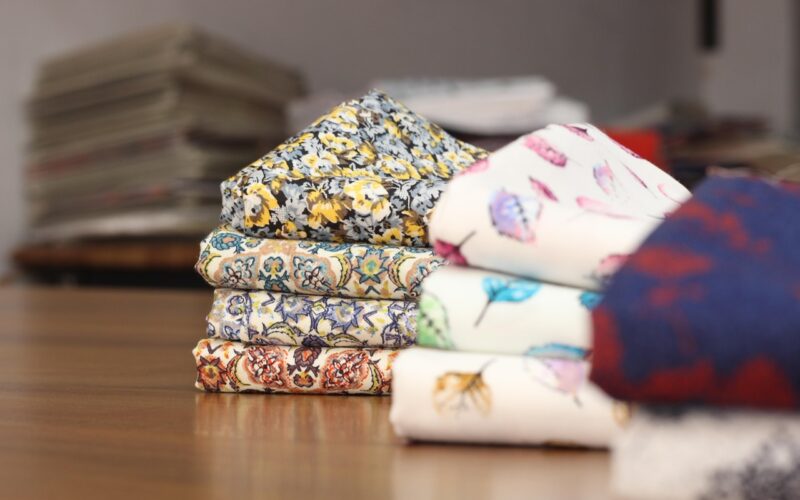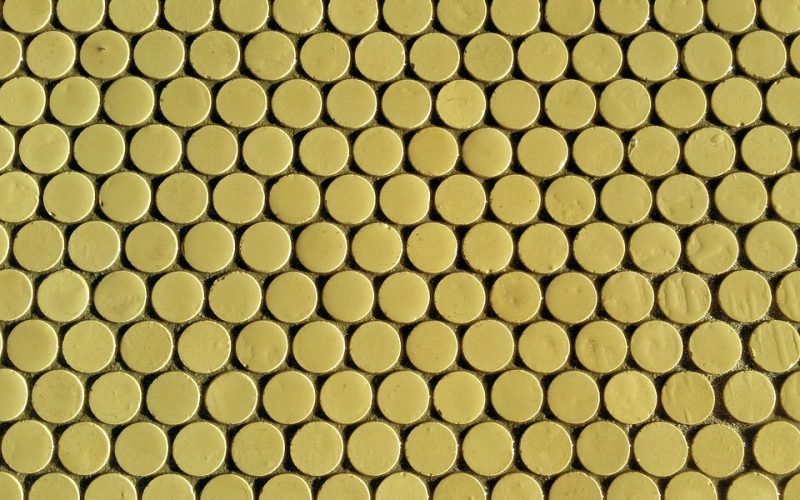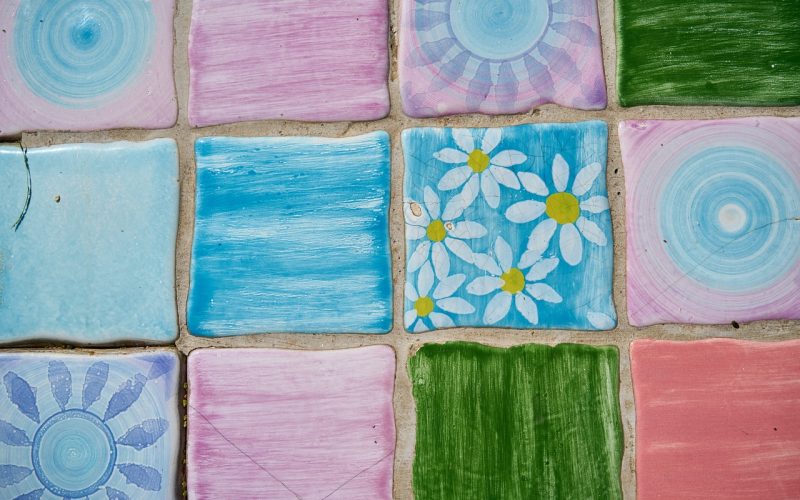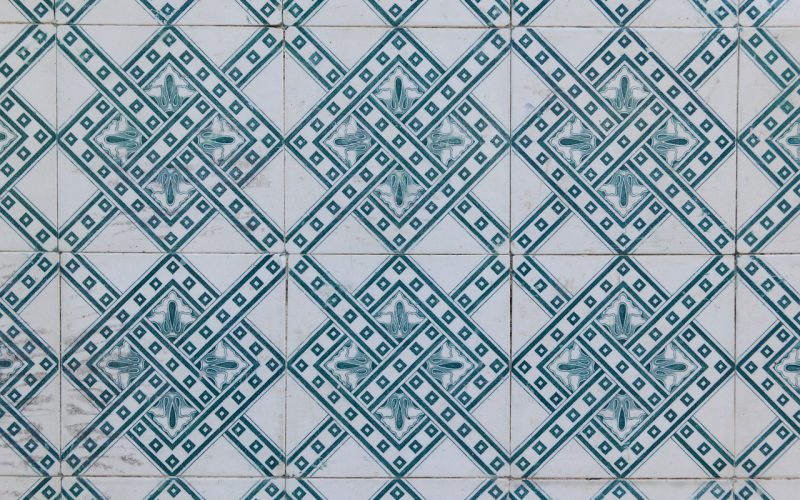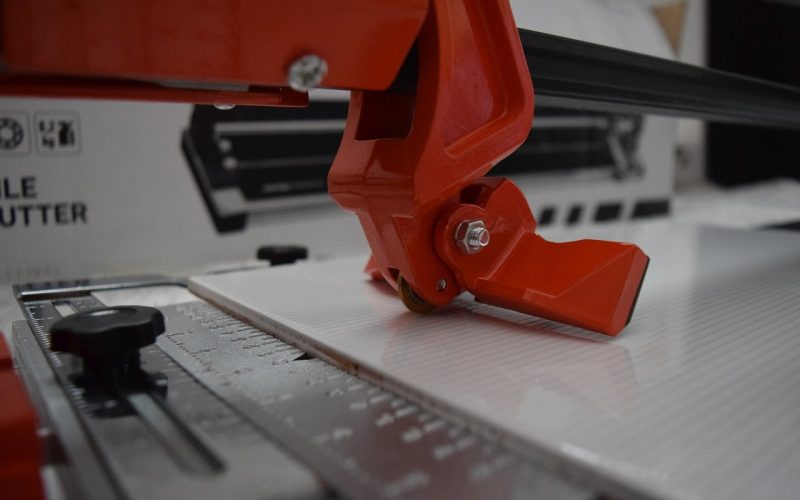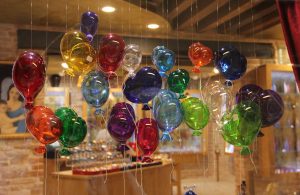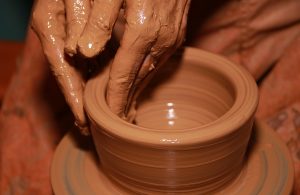Applying ceramic decals is a fantastic way to add intricate, repeatable designs to your pottery and glass pieces. Whether you are using waterslide ceramic decals or screen printed transfers, a successful application is key to a professional finish. Achieving a smooth, bubble-free surface is not difficult, but it does require attention to detail and a methodical approach. This guide will walk you through the essential steps to apply your decals flawlessly, ensuring your finished work looks exactly as you envisioned.
Prepare your surface and decal
The first step to any successful decal application is pristine surface preparation. Your ceramic or glass piece must be completely clean, dry, and free of dust, oils, or fingerprints. Wipe the surface with a lint-free cloth and isopropyl alcohol to remove any residue. Work in a clean, dust-free environment to prevent particles from getting trapped under the decal. Next, carefully trim your decal from the sheet, leaving a small border of about 3-5mm around the design. This margin makes handling easier and helps prevent the edges from lifting. Prepare a shallow dish of lukewarm water. Cold water can make the decal brittle, while water that is too hot may damage the adhesive.
Soak and position the decal
Submerge the trimmed decal in the lukewarm water. The soaking time is brief, typically just 30 to 60 seconds. You will know it's ready when the decal begins to slide freely from its paper backing. Do not over-soak, as this can dissolve the adhesive. Once ready, bring the wet decal and its backing paper to your piece. Lightly wet the area on your ceramic where the decal will be placed. This allows you to slide and position the transfer more easily. Hold the backing paper and gently slide the decal off the paper and onto the surface of your ware.
Squeegee to remove water and air
With the decal in its final position, the next critical step is to remove all water and air trapped underneath. Using a soft rubber squeegee or a flexible rubber rib, start from the centre of the decal and gently push outwards towards the edges. Apply even, firm pressure. This action forces out any bubbles and excess water, ensuring the decal makes full contact with the ceramic surface. Pay close attention to the edges to ensure they are fully adhered. For glass decals, this step is particularly important for achieving a transparent, seamless look after firing.
Manage curves and prevent wrinkles
Applying decals to curved surfaces requires extra care. As you squeegee, you may notice small wrinkles forming along the edges. To address this, you can make tiny, clean cuts in the decal's clear covercoat border with a sharp craft knife. These relief cuts allow the decal to conform to the curve without creasing the design itself. Continue to gently press and smooth the decal from the centre outwards, working slowly to adapt the flat transfer to the three-dimensional form. Patience here is crucial for avoiding stubborn wrinkles and bubbles that can ruin the final result.
Dry, fire, and inspect your work
Once applied, the decal must dry completely before firing. Allow the piece to sit at room temperature for at least 24 hours. This dwell time ensures all moisture has evaporated from beneath the decal. Any trapped moisture can turn to steam in the kiln and cause bubbles or blow the decal off entirely. Fire the piece according to the decal manufacturer’s instructions. Firing temperatures for ceramic decals and screen printed transfers vary widely, so always follow the recommended cone and schedule. After the kiln has cooled completely, inspect your piece for any flaws and enjoy your beautifully decorated work.
